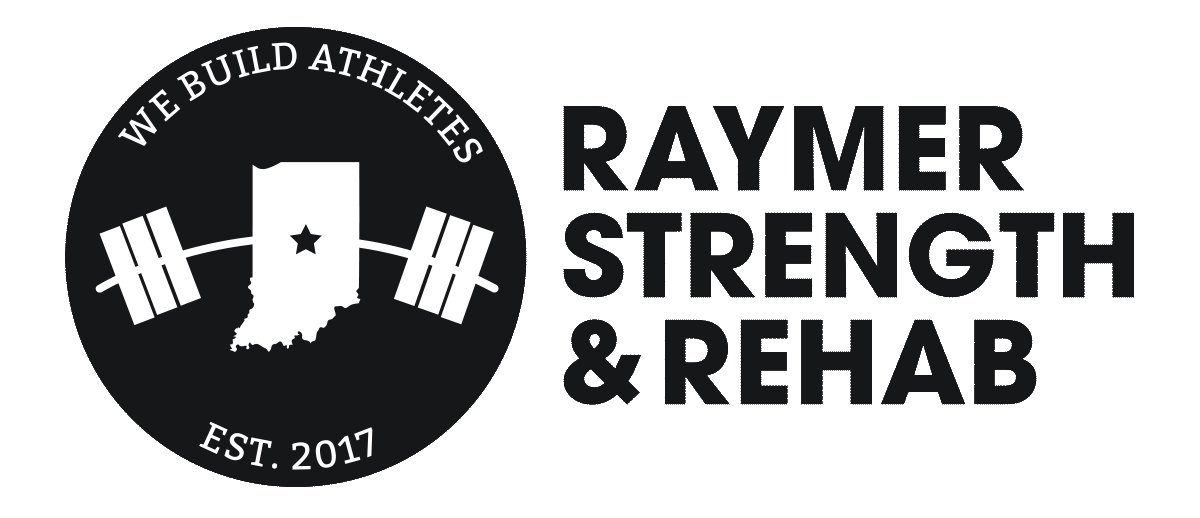Taking breaks: How quickly athletes experience loss of strength, speed, and endurance
“We’re going to take a break from training for a month or two.”
We hear this from our clients for a variety of reasons, and we understand that sometimes training has to be the shoe that drops.
But, I think that these decisions are often made by parents without all of the information they need to fully evaluate it. I don’t think that most parents understand how quickly athletes start to lose their hard-won strength, speed, and endurance gains. It doesn’t just magically stick around forever.
After just three weeks of no training, that earned strength starts slipping away, according to this study (1). And depending on the energy system, athletes can start to experience detraining effects of endurance as early as 3-5 days (2). Significant changes in VO2 Max have been reported as early as two weeks of inactivity (3).
Coach Eddie and I filmed a short video that walks you through the importance of training consistently.
When we hear that an athlete is going to take an extended break, we know that we’ll have to take a few steps backward when they return in order to progress them forward safely.
A part of our daily athlete survey where they can indicate the areas of the body that are sore and rate them.
How we individualize our training approach based on schedule and recovery
We’re really proud of the individualized training we offer here… and it’s informed by our athlete’s recovery. Our daily in-app questionnaire that our athletes fill out covers sleep, soreness, pain and more.
We adjust the training program if an athlete is sore, or if they haven’t slept well, or if their practice schedule changes and they have to come in back-to-back days. The point is, we are flexible because we HAVE to be in order to ensure that athetes don’t experience detraining on our watch.
“Something has to give with our schedule.”
We understand that sometimes something has to give with your schedule… and we understand that parents are hesitant to pause skill training.
But… strength and conditioning training is only helpful when it’s consistent.
And strength training is essential to injury reduction.
Neuromuscular training programs reduce the risk of non-contact ACL injury by 64% in youth female athletes (4). It can play a part in reduction the impact (and occurrence) of concussions (5). And it can be a central aspect at building an athlete’s confidence. Strength training should be the last thing that parents consider removing from their young athlete’s schedule.
So, before pausing your training, consider what your goals are, evaluate what you now know about detraining and injury reduction, and prioritize accordingly!
References:
McMaster, D. T., Gill, N., Cronin, J., & McGuigan, M. (2013). The development, retention and decay rates of strength and power in elite rugby union, rugby league and American football: a systematic review. Sports medicine (Auckland, N.Z.), 43(5), 367–384. https://doi.org/10.1007/s40279-013-0031-3
MUJIKA, IÑIGO; PADILLA, SABINO. Cardiorespiratory and metabolic characteristics of detraining in humans. Medicine and Science in Sports and Exercise 33(3):p 413-421, March 2001.
Neufer PD. The effect of detraining and reduced training on the physiological adaptations to aerobic exercise training. Sports Med. 1989 Nov;8(5):302-20. doi: 10.2165/00007256-198908050-00004. PMID: 2692122.
Mattu AT, Ghali B, Linton V, Zheng A, Pike I. Prevention of Non-Contact Anterior Cruciate Ligament Injuries among Youth Female Athletes: An Umbrella Review. Int J Environ Res Public Health. 2022 Apr 12;19(8):4648. doi: 10.3390/ijerph19084648. PMID: 35457516; PMCID: PMC9027388.
Collins CL, Fletcher EN, Fields SK, Kluchurosky L, Rohrkemper MK, Comstock RD, Cantu RC. Neck strength: a protective factor reducing risk for concussion in high school sports. J Prim Prev. 2014 Oct;35(5):309-19. doi: 10.1007/s10935-014-0355-2. PMID: 24930131.

